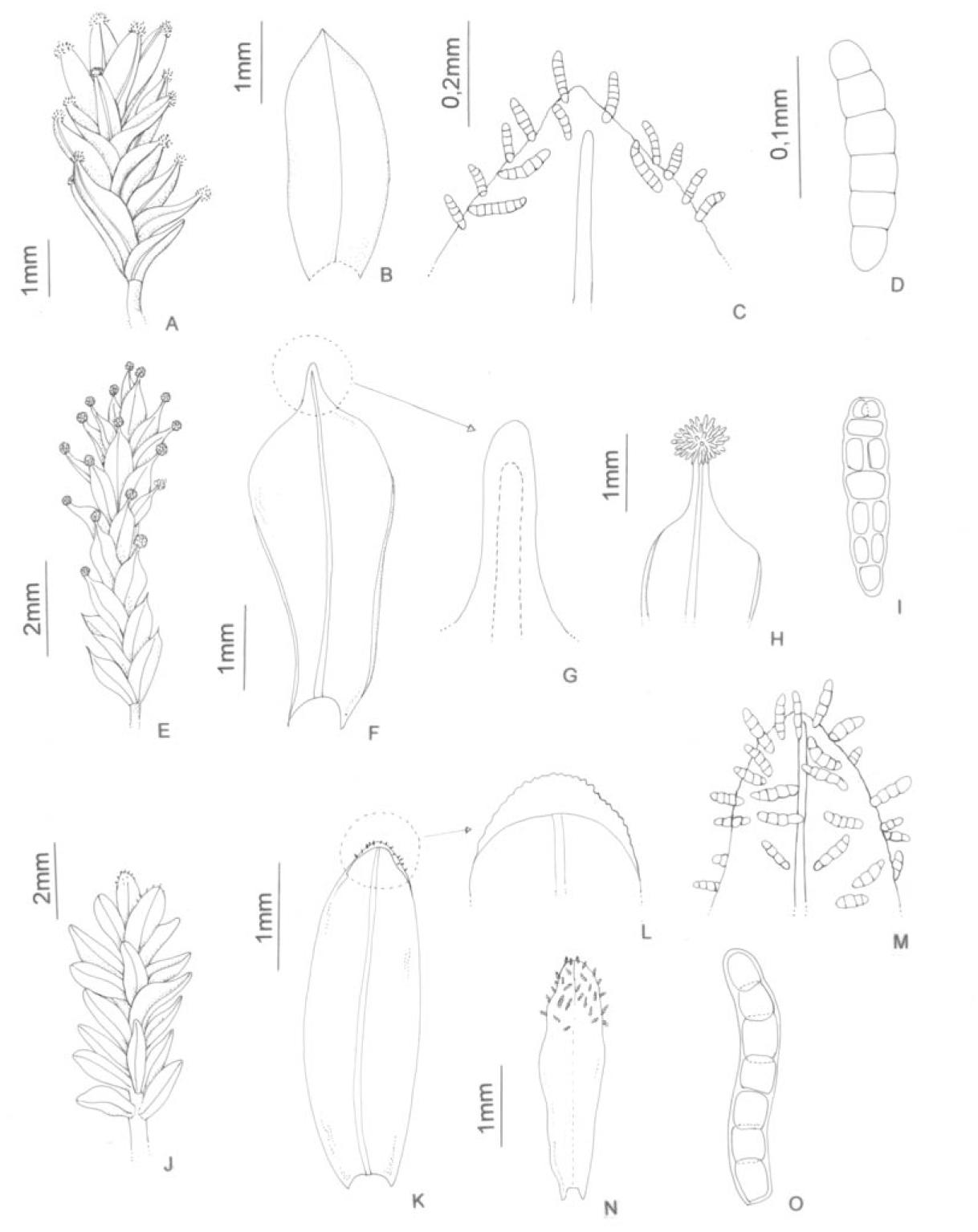
f01_583.jpg from: https://bioone.org/journals/Systematic-Botany/volume-37/issue-3/036364412X648526/Validation-of-the-New-Species-of-Streptopogon-Pottiaceae-Bryophyta-and/10.1600/036364412X648526.full
Streptopogon cavifolius Mitt.: The Fascinating Moss of the Pottiaceae Family
Introduction
The world of mosses is full of fascinating species, each with their own unique characteristics and ecological roles. One particularly interesting moss is Streptopogon cavifolius Mitt., a member of the Pottiaceae family. In this blog post, we’ll dive into the details of this remarkable bryophyte, exploring its morphology, global distribution, habitat preferences, and ecological adaptations. Get ready to be amazed by the wonders of
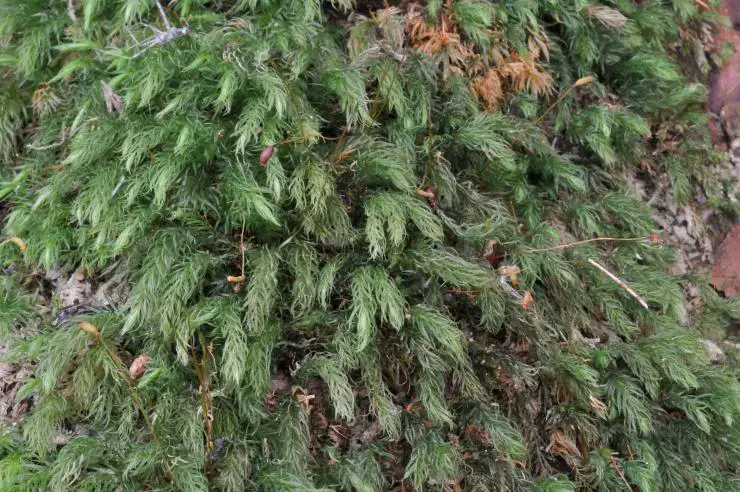
ea7206ba122db72b76d537660cb640f1.jpg from: https://openmuseum.tw/muse/digi_object/dd18a1d727ae9348b279c46e3323b4a5
Streptopogon!
Background
Streptopogon cavifolius Mitt. is a species of moss belonging to the Pottiaceae family, which is one of the largest families of mosses with over 1,500 species worldwide. The genus
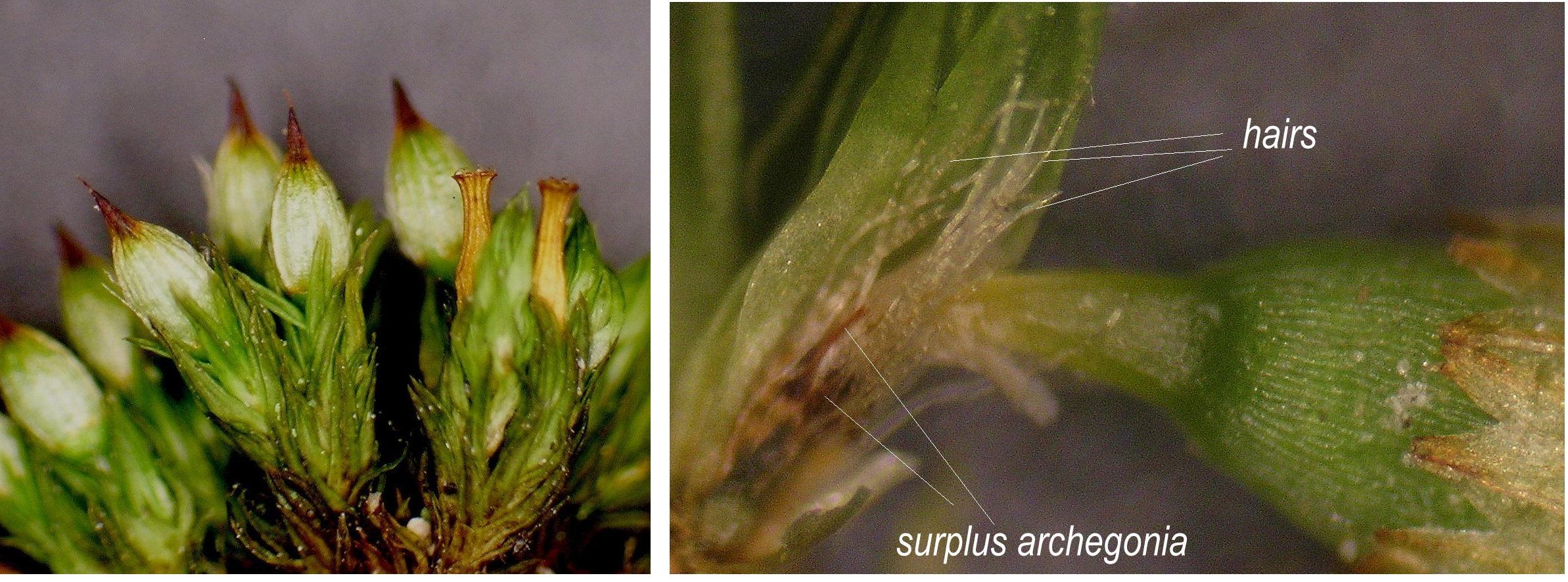
O-stramineum.jpg from: https://blogs.reading.ac.uk/whiteknightsbiodiversity/2015/02/03/mosses-and-liverworts-of-whiteknights-more-epiphytic-mosses/
Streptopogon contains around 30 species found in tropical and subtropical regions. S. cavifolius was first described by the British bryologist William Mitten in 1869 based on specimens collected in South America.
Morphology and Identification
S. cavifolius forms loose tufts or mats of green to yellowish-green plants. The stems are erect, usually unbranched, and can reach 1-2 cm tall. The leaves are ovate-lanceolate, concave, and have a distinct border of elongated cells. A key identifying feature is the presence of
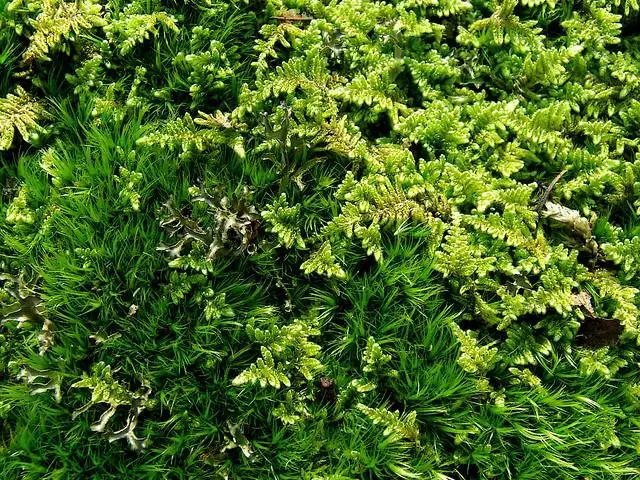
2144604274_9faca17292_z.jpg from: https://www.flickr.com/photos/89056025@N00/2144604274/
leaf cavities
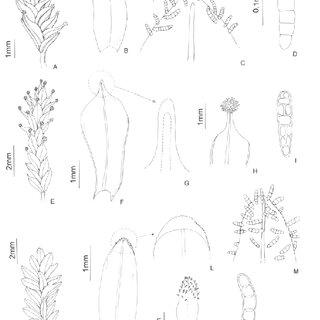
A-D-Streptopogon-brasiliensis-A-Habit-B-Leaf-C-Detail-of-leaf-apex-with-marginal_Q320.jpg from: https://www.researchgate.net/publication/255709419_Validation_of_the_New_Species_of_Streptopogon_Pottiaceae_Bryophyta_and_a_Synopsis_of_the_Genus_for_Brazil
– small, rounded depressions on the upper leaf surface that give the species its name “cavifolius” meaning “hollow-leaved”.
The leaf margins are entire to slightly toothed near the apex. The leaf cells are smooth and hexagonal to rounded-quadrate. Streptopogon mosses are dioicous, meaning male and female reproductive structures are on separate plants. The sporophytes have long, twisted seta (stalks) and cylindrical capsules with a peristome of 16 teeth.
Global Distribution and Habitat
S. cavifolius has a wide distribution in tropical and subtropical regions of the Americas, Africa, and Asia. It is found from Mexico to Argentina in the Neotropics, and also occurs in parts of Central America, the Caribbean, tropical Africa, India, Southeast Asia, and some Pacific islands.
This moss grows as an epiphyte on the bark of trees and shrubs in moist forests, especially in cloud forests and montane rainforests at elevations of 500-3000 meters. It prefers humid, shaded habitats with high rainfall and frequent fog. S. cavifolius often grows mixed with other epiphytic bryophytes and forms part of the diverse epiphyte communities in these ecosystems.
Ecological Roles and Adaptations
Like many other epiphytic mosses, S. cavifolius plays important ecological roles in its forest habitats:
Water and nutrient cycling: The moss mats trap and retain water from rain and fog, slowly releasing it and maintaining humidity. They also accumulate nutrients from the atmosphere and canopy throughfall.
Microhabitats: The mats provide shelter and microhabitats for numerous small invertebrates, microorganisms, and other epiphytes.
Substrate stabilization: By covering bark surfaces, the moss helps stabilize the substrate and prevent erosion.
S. cavifolius has several adaptations for its epiphytic lifestyle:
- The concave, bordered leaves help channel and retain water.
- The leaf cavities may aid in gas exchange or provide space for symbiotic cyanobacteria.
- The twisted seta allows the capsules to disperse spores gradually over an extended time.
- Tolerance to desiccation allows the moss to survive periodic drying in its habitat.
Conclusion
Streptopogon cavifolius Mitt. is a prime example of the incredible diversity and ecological importance of mosses in tropical forest ecosystems. From its distinct hollow-leaved morphology to its roles in water and nutrient cycling, this small but mighty moss deserves our appreciation. Next time you’re in a cloud forest, take a closer look at the trees – you might just spot the fascinating Streptopogon moss! What other secrets do you think the world of bryophytes holds?